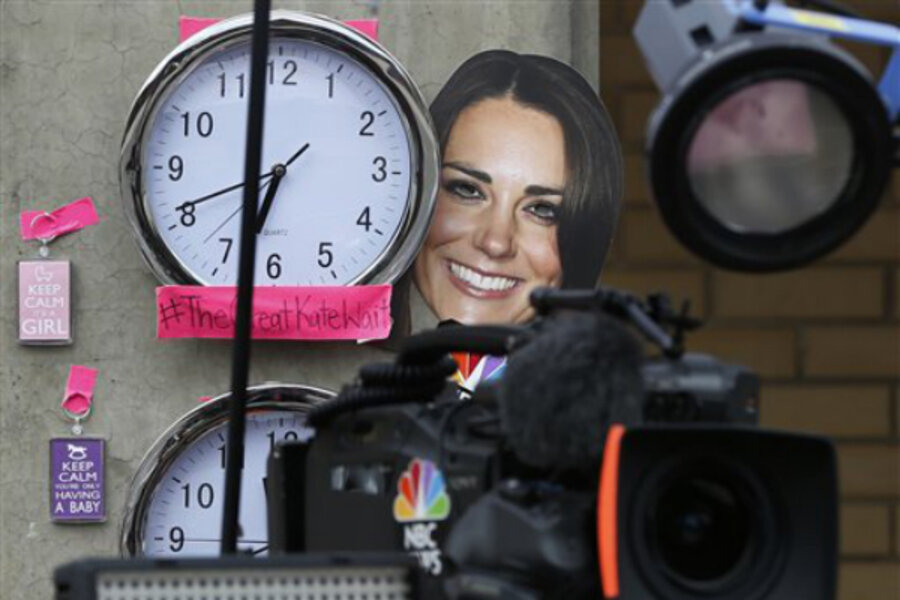The traditional way the palace announces a royal baby's birth to the world is as quaint as it gets: A messenger with the news travels by car from the hospital to Buckingham Palace, carrying a piece of paper detailing the infant's gender, weight and time of birth. The bulletin is then posted on a wooden easel on the palace's forecourt for everyone to see.
In the old days the announcement was made to the wider public by a reader on radio, but today that's replaced by the Internet and social media: As soon as the bulletin is fixed on the easel, officials will post the news on Twitter to millions of followers worldwide.





